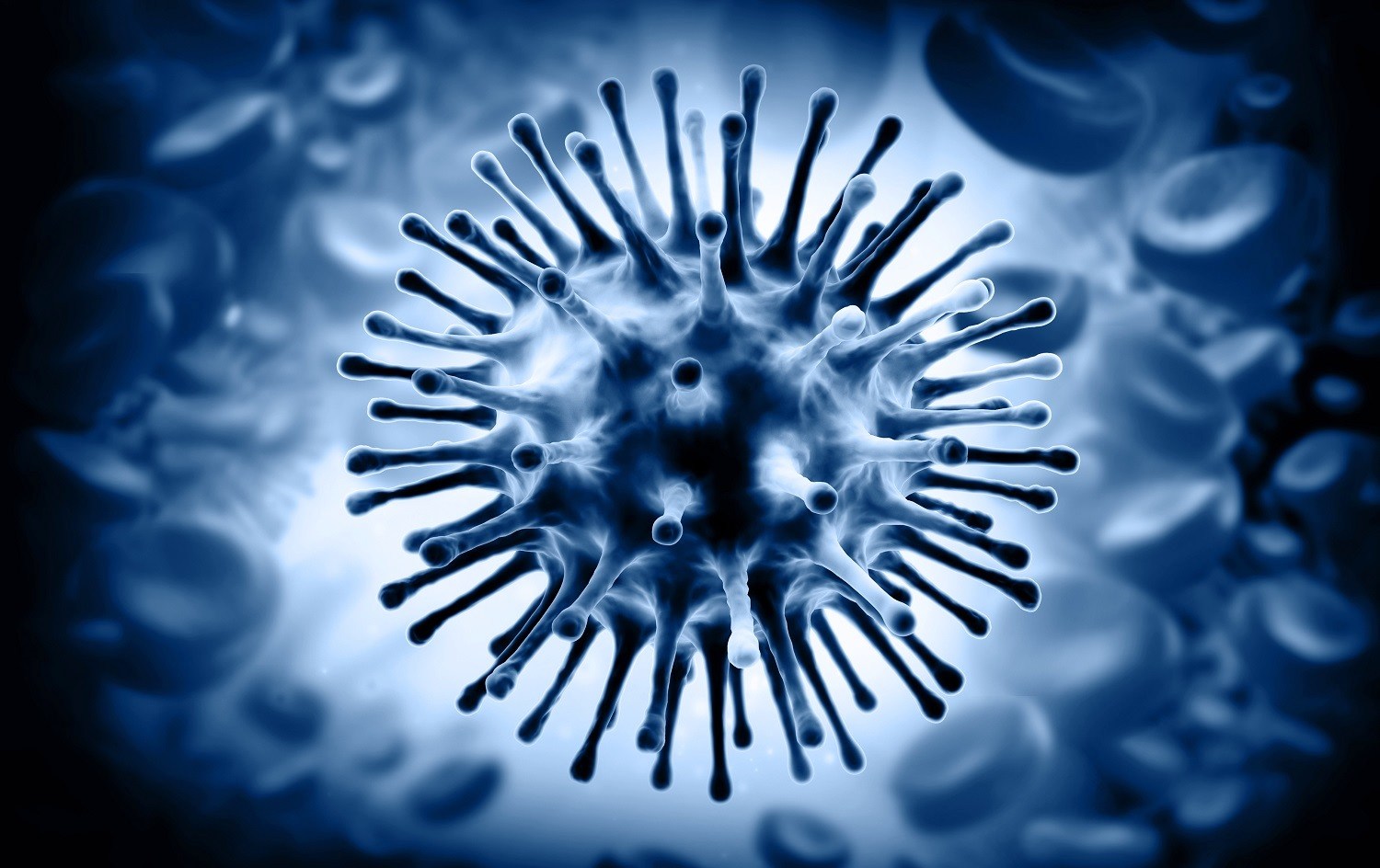Indian Govt Addresses Influenza Flu Outbreak, Stating ” The Situation Is Same Globally”
The central government has stated that the H3N2 Influenza virus is the predominant sub variant globally. WHO has prescribed drugs for the treatment of such acute respiratory disease.

The Union Health Ministry is closely monitoring the spread of Seasonal Influenza in various parts of India. The nation has initiated an Integrated Disease Surveillance Program (IDSP) network on a real-time basis.
The ministry is keeping a close eye on the mortality and morbidity caused by the influenza virus’s H3N2 subvariants. They have mentioned that children and old people are the most vulnerable group being affected by the virus. Karnataka and Haryana have recorded one death in respective states caused by the H3N2 influenza.
Seasonal influenza has defined as a type of respiratory disorder caused by the influenza virus, which is transmitted in different parts of the world, and the cases have seen a rise dramatically in the last months. India every year showcases two peaks of seasonal influenza: one from January to March and the other after the monsoon.
They have expected that cases arising due to influenza will decline by the end of March.
Thus, the initiative has been taken to fight against the public health crisis.
The Integrated Disease Surveillance Program organized by the National Center for Disease Control will be responsible for the real-time monitoring of cases like influenza and severe acute respiratory disease presenting in OPDs and IPDs of the health facilities.
The latest data by IDSP-IHIP, the Integrated Health Information Platform, has recorded 3038 confirmed laboratory cases of influenza, including the H3N2 subvariant, reported till 9th March 2023. The total cases recorded in January were 1245 and 1307 in February, respectively.

The IDSP-IHIP data from the health facilities have shown that there was a total of 397,814 cases of Acute Respiratory Illnesses recorded during January.
In January 2023, there were 7041 admitted cases of severe acute respiratory illness (SARI), 6919 cases in February 2023, and 1866 cases in the first nine days of March 2023.
In 2023, 955 H1N1 cases have been reported (up until February 28th). The majority of H1N1 cases have been reported in Tamil Nadu (545 patients), Maharashtra (170 patients), Gujarat (74), Kerala (42), and Punjab (28).
In India, a structured ILI/SARI surveillance network of 28 sites is conducting integrated surveillance of Influenza Like Illness (ILI) and Severe Acute Respiratory Illness (SARI) for the identification of the human influenza virus and SARS-COV-2 virus. The surveillance network is made up of 27 DHR-ICMR Virus Research & Diagnostic Laboratories as well as the country’s National Influenza Centre (WHO-NIC), which is based at the ICMR-National Institute of Virology in Pune and is also a WHO Collaborating Centre for Global Influenza Surveillance & Response System (GISRS).
During the first nine weeks of 2023 (January 2nd to March 5th), the surveillance network monitored human influenza virus and SARS-CoV-2 infection in SARI and ILI cases.
The influenza typing results have summarised that the H3N2 strain is the dominant sub-variant type responsible for an outbreak of severe respiratory disease.
MOHFW has given out measures that must be followed for the prevention and treatment of the disease, followed by the guidelines on the categorization of patients, and ventilatory management to the states. They have advised the state government to provide vaccination services for the healthcare workers looking into the H1N1 strain.
WHO has recommended the drug Oseltamivir for the treatment of acute respiratory disease. The drug has been made available to the public healthcare system free of cost. The Government has even advised the sale of the drugs under the Drug and Cosmetic Act introduced in 2017.

NITI Aayog will organize an interministerial meeting to conduct discussions about the situation of seasonal influenza in states and the initiatives that can be adapted to support the health measures, guidelines of management, and protocols to maintain the situation.
Fatalities caused by the subvariant H3N2 of the influenza virus:

The Union Health Ministry has reported two influenza-related deaths: one in Haryana and the other in Karnataka respectively. The media sources in Karnataka have revealed that the person who died from the disease was 82 years old and had other persisting health conditions. Furthermore, the person in Haryana was 52 years old and suffering from cancer.
Since antibiotics have no role in preventing diseases caused by viruses, their usage has been ruled out. Antibiotics are prescribed if the patient develops a secondary bacterial disease. The ICMR has recommended people wear masks and stay away from crowded areas. Paracetamol is prescribed if body aches persist.
edited and proofread by nikita sharma




